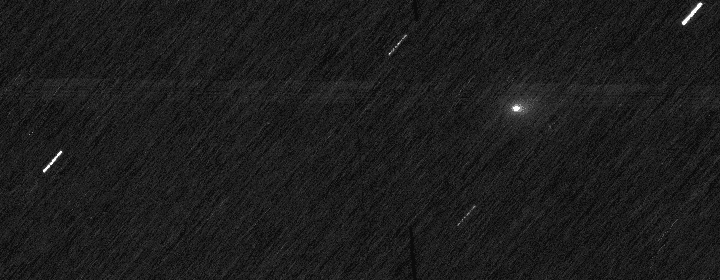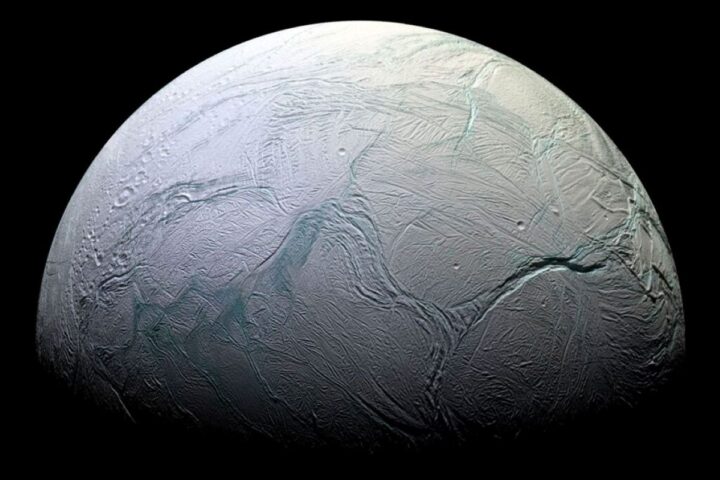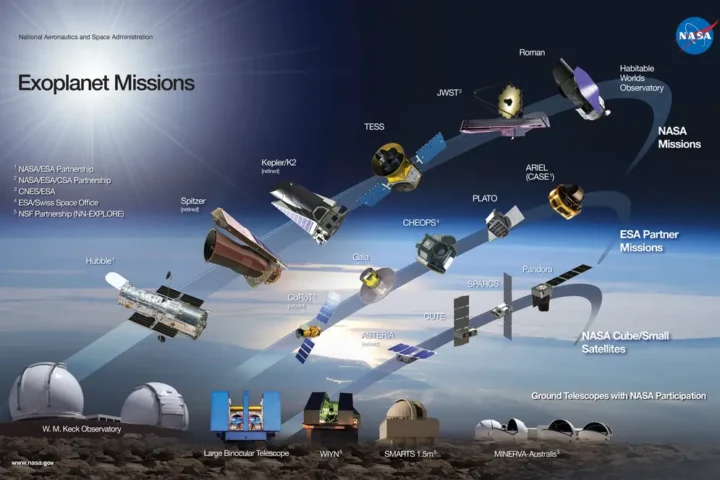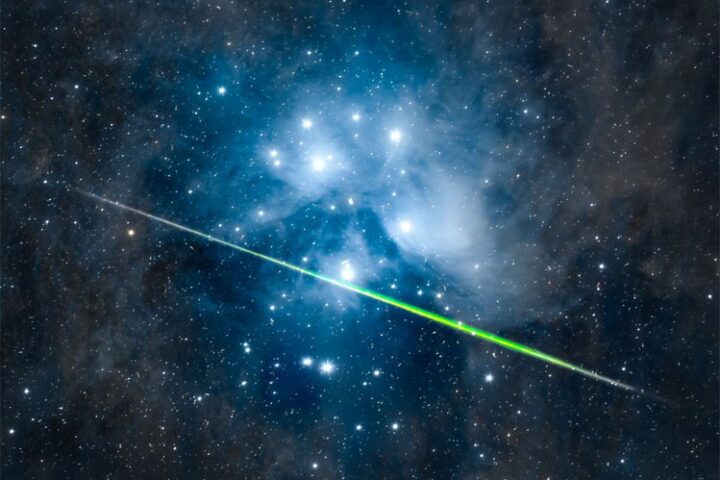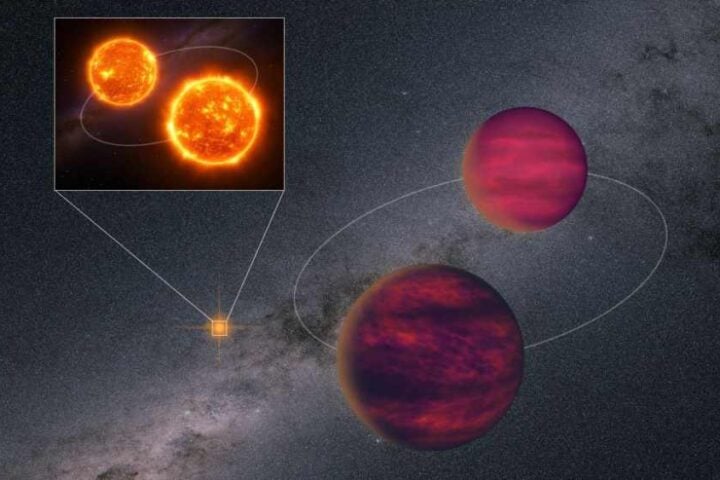NASA’s Curiosity rover has photographed an unusual rock on Mars that resembles coral, adding to evidence of the planet’s watery past. The wind-eroded formation, nicknamed “Paposo,” was captured on July 24, 2025 (Sol 4,608) using two different instruments.
The small, coral-like rock was photographed by Curiosity’s Mars Hand Lens Imager (MAHLI) camera mounted on its robotic arm. The MAHLI camera was positioned about 2 inches (5 centimeters) from the target when the image was taken. The rover also used the Remote Micro Imager, part of its ChemCam instrument, to view the same formation from a different angle on Sol 4,609.
These unusual shapes formed billions of years ago when Mars still had liquid water. Water carrying dissolved minerals seeped into rock cracks and later evaporated, leaving behind hardened mineral deposits. Over time, Martian winds eroded the softer surrounding rock, exposing these resistant mineral formations with their distinctive textures.
Similar Post
This process, common on Earth as well, has created various eye-catching formations on Mars. In February 2022, Curiosity found a similar flower-shaped rock formed through the same geological mechanisms.
Curiosity has recently been studying “boxwork” formations in the Mount Sharp region – honeycomb-like mineral ridges that stretch for miles on this part of Mount Sharp. These hardened ridges are believed to have been created by underground water billions of years ago. They might reveal whether microbial life could have survived in the Martian subsurface eons ago, extending the period of habitability farther into when the planet was drying out.
Now in its 13th year of operations, Curiosity continues to function well beyond its planned mission duration. The rover’s Multi-Mission Radioisotope Thermoelectric Generator (MMRTG) converts heat from decaying plutonium into electricity, though this power source gradually weakens over time.
Recent software upgrades have enhanced Curiosity’s capabilities. “It’s as if our teenage rover is maturing,” said JPL engineer Reidar Larsen. These improvements allow the rover to multitask and enter sleep mode earlier, helping conserve energy and improve efficiency.
Since landing in Gale Crater in August 2012, Curiosity has traveled over 22 miles (35 kilometers) across the Martian landscape. The rover has found carbon compounds and mineral evidence indicating environments that could have been suitable for microbial life – evidence of past habitability, not of life itself.
Curiosity was built by NASA’s Jet Propulsion Laboratory, managed by Caltech in Pasadena, California. JPL leads the mission on behalf of NASA’s Science Mission Directorate in Washington as part of NASA’s Mars Exploration Program portfolio.
The ChemCam instrument was developed through an international partnership between the U.S. Department of Energy’s Los Alamos National Laboratory and French research institutions, including CNES, the University of Toulouse, and CNRS. The article discussed NASA’s Curiosity rover’s July 2025 imaging of a coral-like rock in Gale Crater. The formation was shaped by ancient water and wind erosion, captured using ChemCam and MAHLI instruments. Additional context included similar past discoveries, boxwork formations, and Curiosity’s upgraded capabilities. Statements from NASA engineers and mission data supported the findings.





